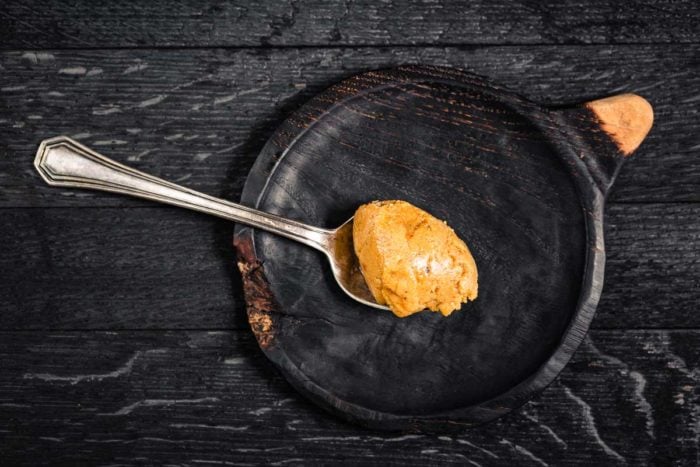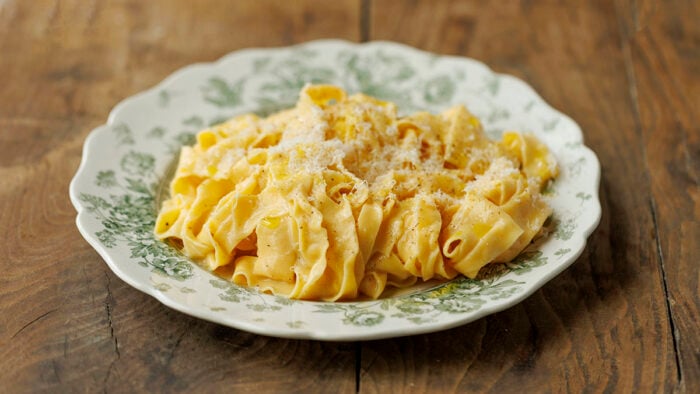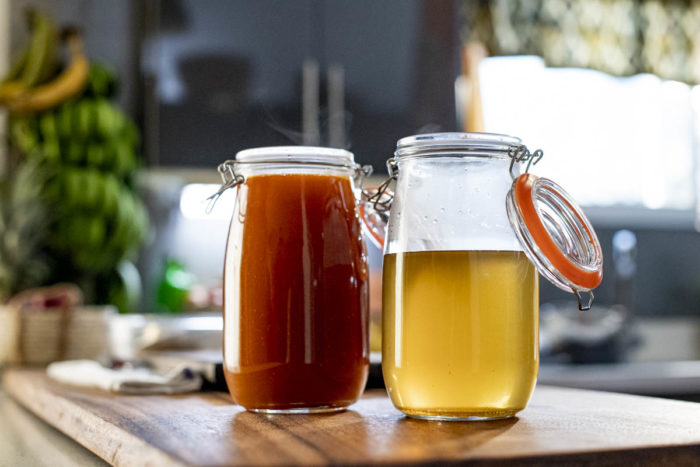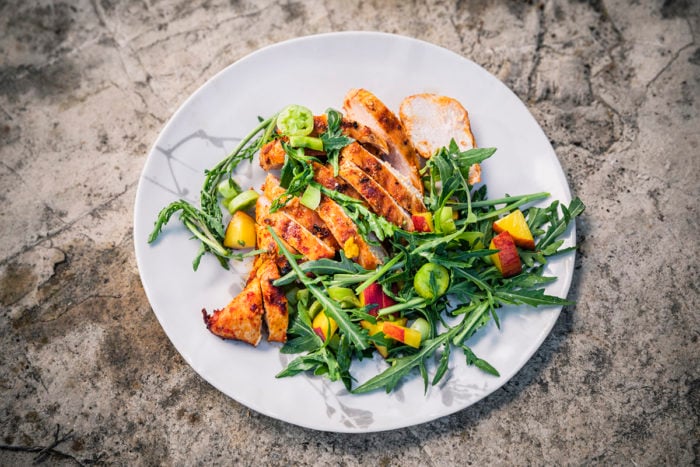
How to Make the Best Pita Bread at Home – Perfect for Any Occasion
Written by the YesChef staff
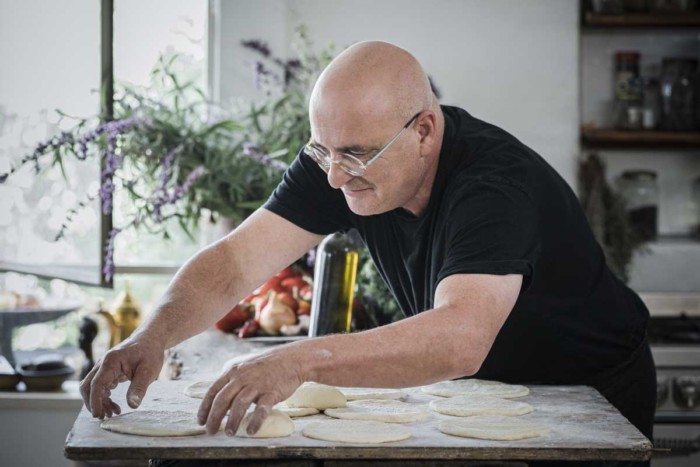
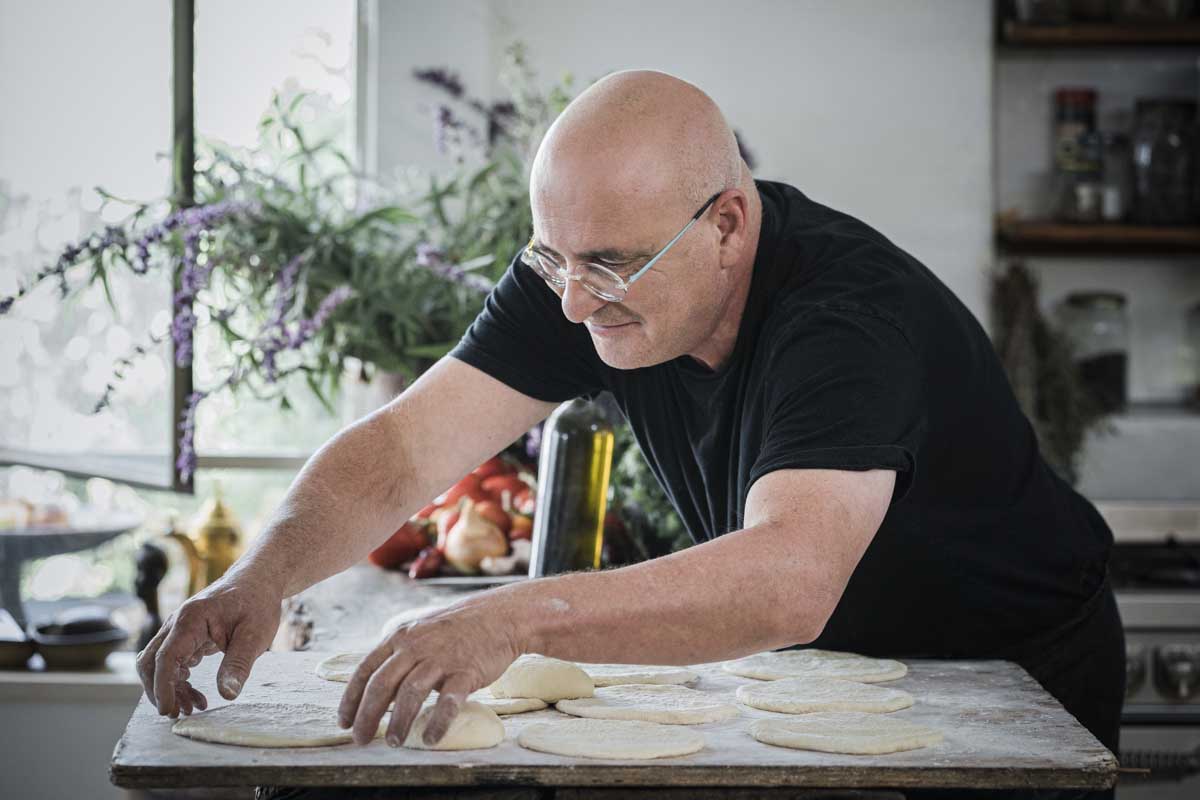
Get Access to an Ever-Growing Library of Classes
Every Subscription includes:
- Unlimited Streaming of all Classes
- Watch on your phone, tablet or laptop
- Story-driven Classes, Practical Lessons
- Recipes with Step-by-Step Guidance
- 30-day Satisfaction Guarantee
- New Lessons added all the time
$9.99/mo
Billed annually
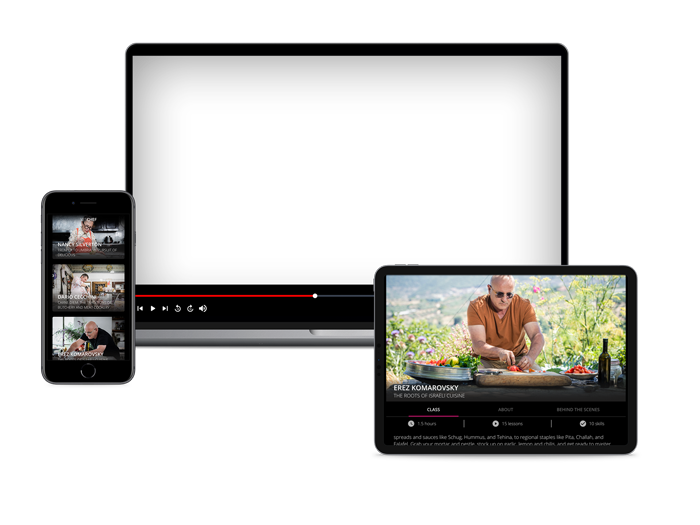
What Is Pita Bread?
Pita Bread Origins
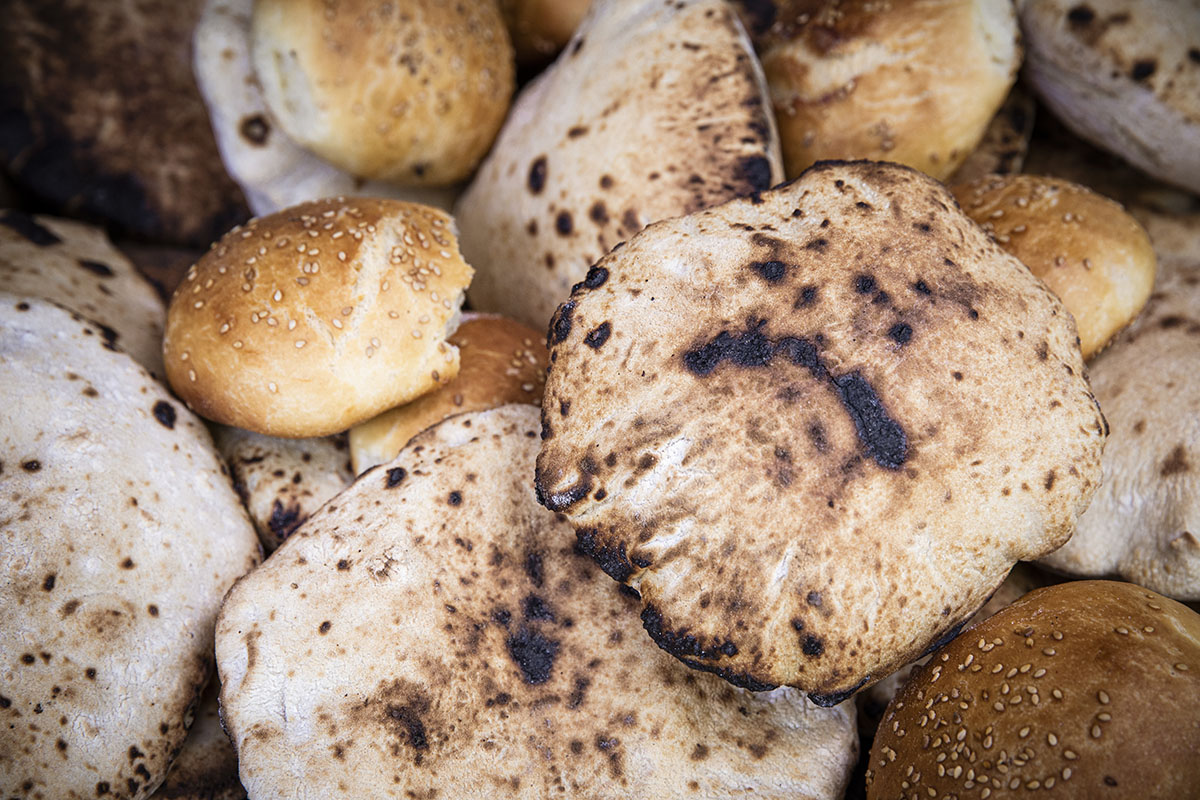
Is Pita Bread Healthy?
What Do You Eat with Pita Bread?
Pita bread is the perfect accompaniment to so many of your favorite meals. Pita pockets fresh out of the oven can be split open and used as wraps to hold all sorts of fillings. Pitas are traditionally stuffed with falafel, salads, and grilled meats and are excellent to eat with kebabs or with chicken shawarma sandwiches. Baked pita makes a great dip for hummus, tahini, masabacha, baba ganoush, harissa, and tzatziki sauce.
Many Israeli breakfasts and lunches aren’t complete without pita bread. While certain pita breads are great for sandwiches, Greek pita bread lacks a pocket and is more commonly used to make dishes like souvlaki.
Leftover pita can be baked into pita chips, transformed into salad croutons, or repurposed into pizza dough. In his lesson, Erez uses his pita dough recipe as a base for sficha, a Middle Eastern pizza topped with lamb and fire-roasted tomatoes, as well as for manakeesh, a Lebanese flatbread Erez smothers in a fragrant homemade za’atar spice blend.
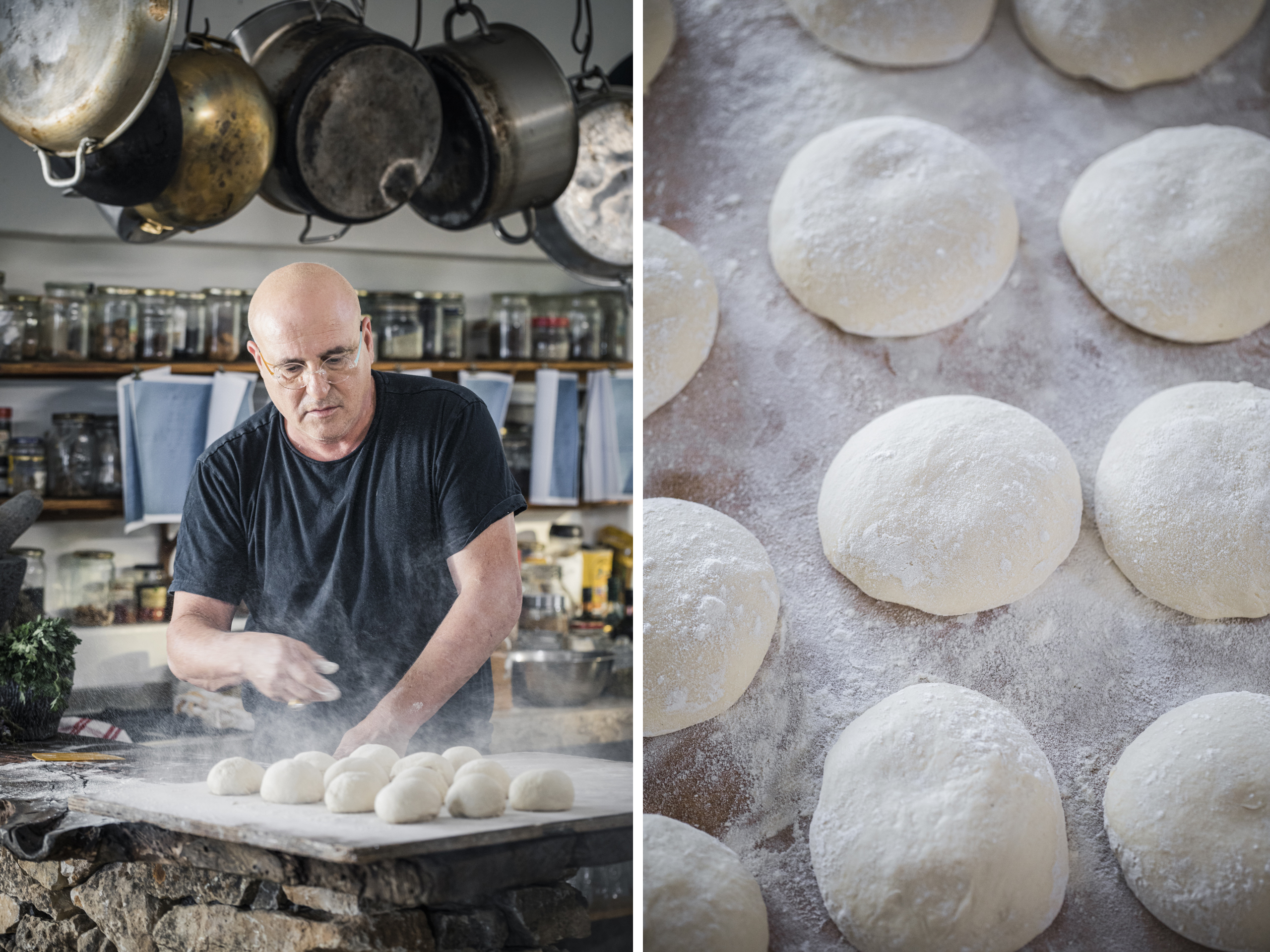
Chef Erez Komarovsky’s Pro Tips to Making Pita Bread
- Need to Knead: Knead the dough with a wave-like motion for a full 8 minutes. If you feel yourself getting tired, let the dough rest for a minute while the gluten develops, and then continue. Also, make sure you let the dough rise for enough time.
- High Gluten Flour Power: Bread flour, or focaccia flour, is higher in protein than regular all-purpose flour and is best for pita making. The extra gluten will ensure wonderful elasticity and the puffiest pita possible. While you can use whole wheat flour or gluten-free flour, the best results are with high gluten bread flour.
- Flames on Fire: If a wood-fired taboon isn’t part of your kitchen arsenal, don’t despair. A hot oven preheated to its maximum temperature works fine, too. Just remember: If your pitas won’t puff, it probably means the temperature is too low. But don’t fret too much: our pita recipe will still yield a delicious taste.
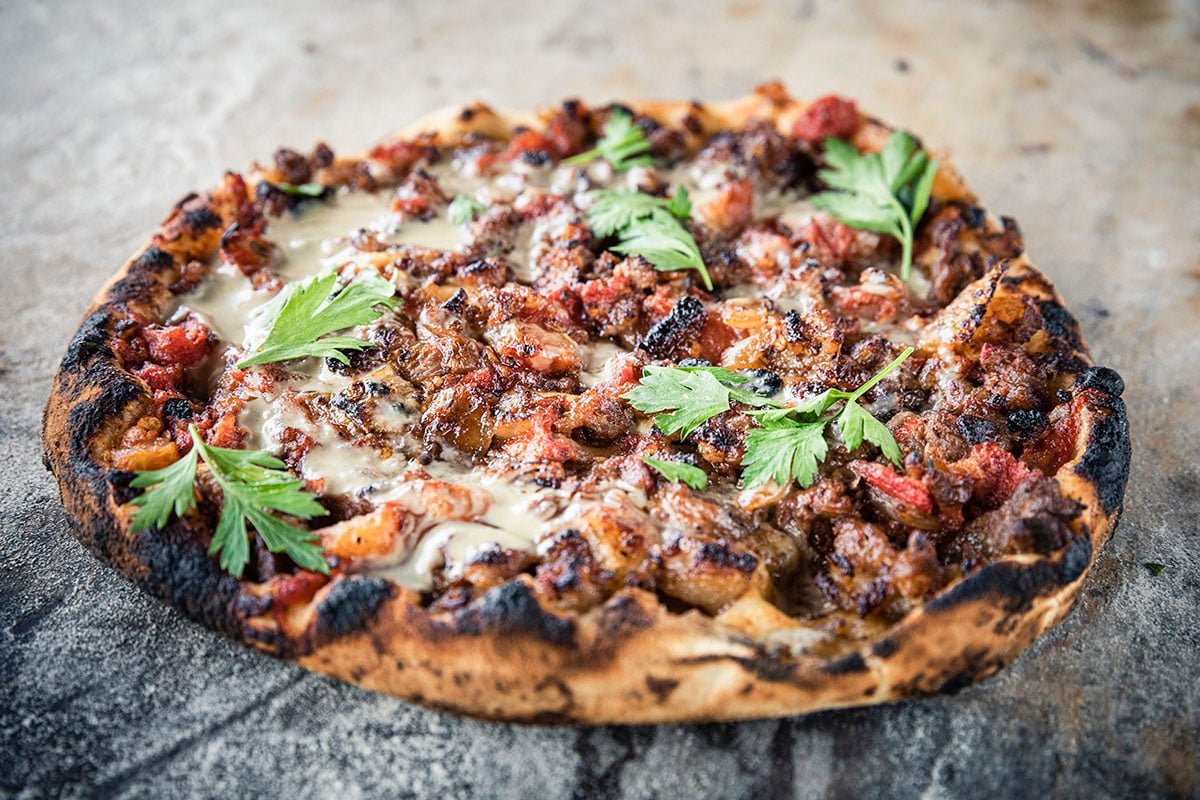
Erez Komarovsky's Homemade Pita Bread Dough
Ingredients
- 1 kilogram Focaccia flour
- 1 kilogram pizza flour
- 1 kilogram multipurpose flour
substitute with Focaccia flour or pizza flour
- 30 grams dry yeast
- 30 grams fresh yeast
or 1 tablespoon dry yeast
- 700 milliliters chilled water
- 30 grams white sugar
substitute with raw cane or brown sugar
- 1 tablespoon salt
- 30 grams olive oil
GEAR
- 1 large metallic bowl
- Dough scraper
- Plastic wrap
- Rolling pin
- Cutting board
- Wooden pizza paddle
- Sheet pan
- Taboon oven
Recipe
- Preheat your wood-fired taboon oven to high heat.
- Alternatively, you can preheat your oven to the highest heat.
- Transfer flour to a bowl and mix with yeast, rubbing it with your hands to remove any clumps.
- Add sugar, mix well until combined, and add 650 milliliters of water.
- Use one hand to knead for about 6 minutes.
- Add more water as needed until the dough comes together.
- Transfer the dough to a flour-dusted wooden board.
- Knead for a further 8 minutes until it is smooth and does not stick.
- Add salt, knead for about 4 minutes, and return it to your bowl.
- Drizzle olive oil over your dough and knead until the olive oil is well incorporated.
- Coat your bowl with olive oil and use your hands to spread more of it over the dough.
- Cover with a plastic wrap and let it rise for about 45 minutes.
- After 45 minutes, fold the dough, cover, and let it rise for another 30 minutes, with the smooth side up.
- After 30 minutes, transfer to a flour-dusted surface and divide into 14 balls.
- Dust the dough with more flour and cover with a plastic wrap for 30 minutes.
- Flatten the pitas with a rolling pin or a glass bottle into slightly thinner and round shapes.
- Cover with a plastic wrap and let it rise for 30 minutes.
- After 30 minutes, transfer 4 of your rolled pita dough to a flour-dusted wooden pizza paddle and into the taboon oven to bake.
- Frequently turn so as not to burn.
- Alternatively, transfer 4 of your rolled pita dough to a flour-dusted baking sheet and bake on the middle rack.
- Bake the pitas for about 3 minutes on each side.
- Rotate as needed and keep an eye as they bake quickly.
- The baked Pita can be wrapped tightly and frozen for a longer shelf life.



